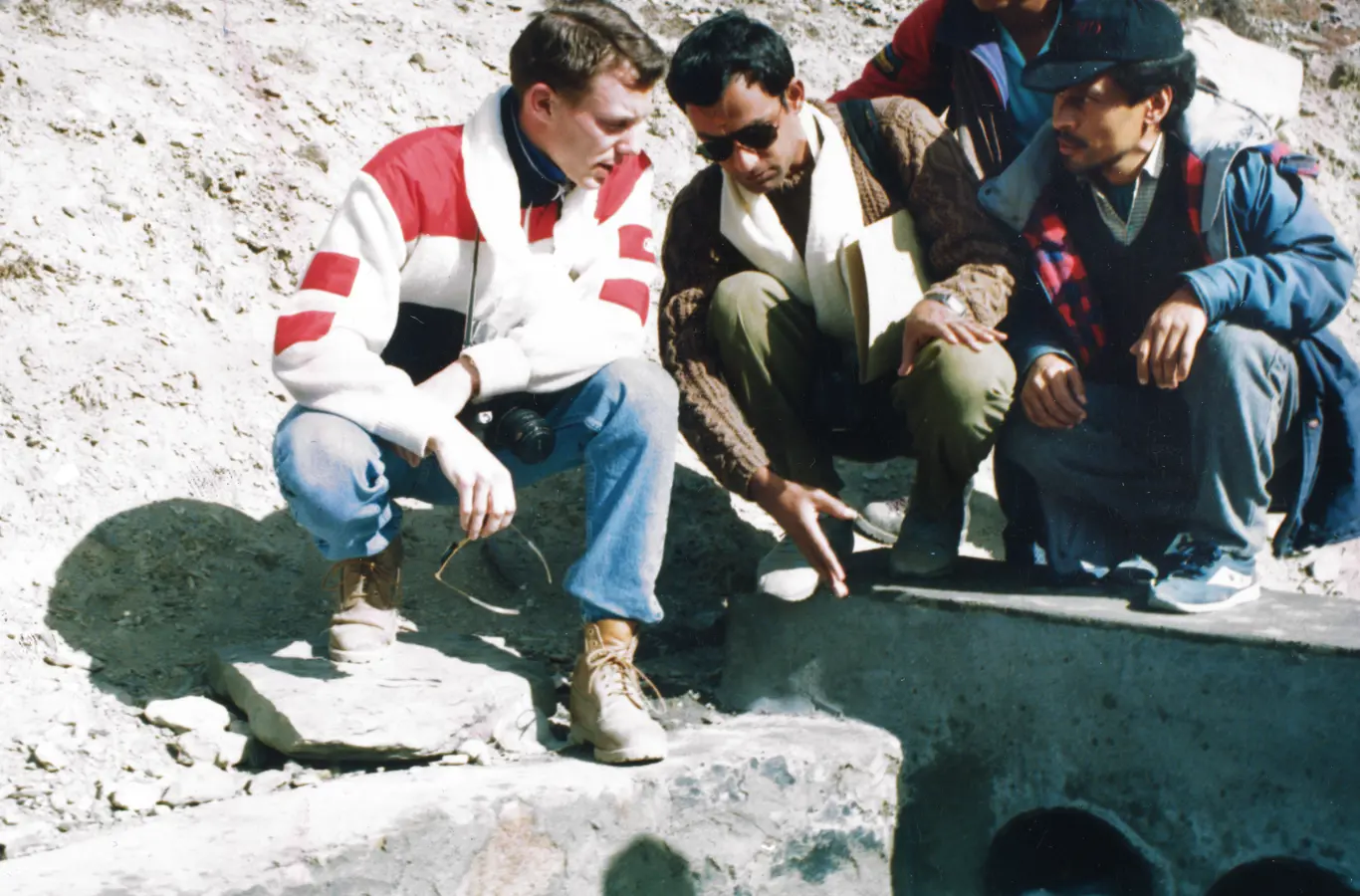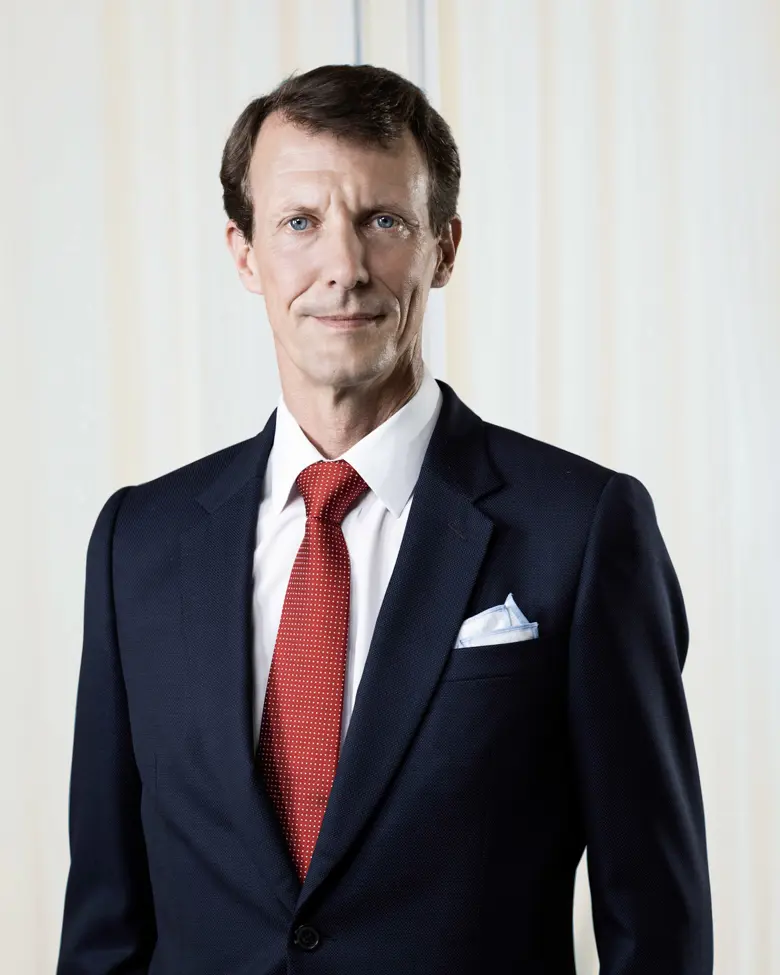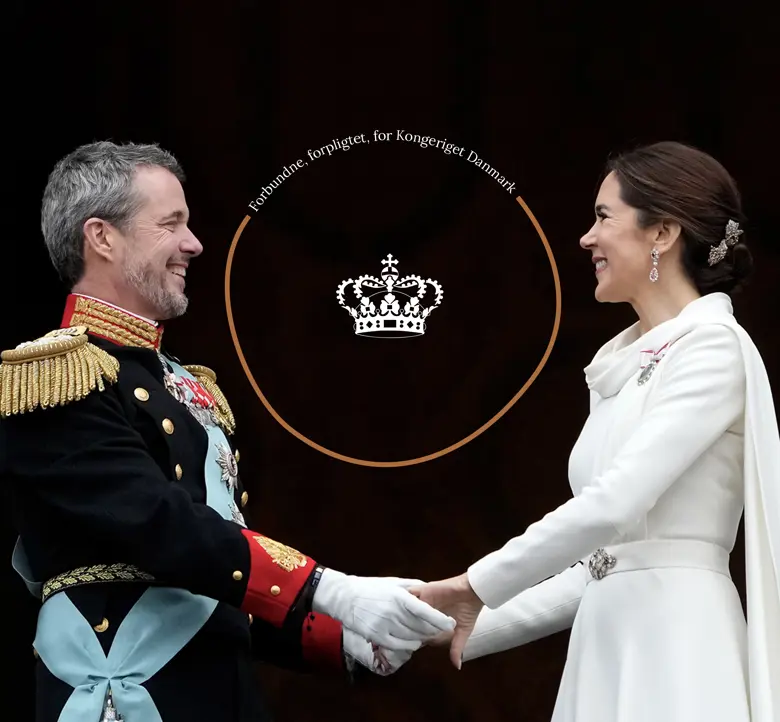Programme for visit in Nepal
HRH Prince Joachim visits Nepal from 24 February – 6 March 2017 in his role as patron of CARE Danmark.

25 years ago, HRH Prince Joachim made his first trip as the patron of the development organization CARE Danmark to Nepal. Now the Prince travels back to visit some of the same areas that were visited in 1991, and the Prince will also meet some of the people who were hit by the devastating earthquake in 2015.
Prince Joachim visited Nepal, one of the world’s poorest countries, for the first time in 1991 as a 22-year-old. Since then, the Prince has been on 10 visits to Care Danmark’s project countries, most recently in 2014 when there was a trip to Laos.
On the trip to Nepal, the Prince will, among other things, visit farms where there is work on creating electricity with the help of watercourses and where the local community strengthens women to cultivate and produce vegetables themselves. In addition, Prince Joachim will meet segments of the population who continue to struggle with the consequences of the 2015 earthquake, which was Nepal’s worst in 80 years. The Prince will also visit some of the small villages where CARE helps the local people rebuild fields and obtain clean water and thereby get on their feet again after the natural catastrophe.
PROGRAMME
Kathmandu
Dinner at Hotel Soaltee Crown Plaza
18.00
Prince Joachim takes part in a dinner with, among others, representatives of CARE and representatives from the Danish embassy.
Saturday, 25 February
Karamdanda, Unnati and Sabal
Visit at Micro Hydropower Project
11.00
The Prince visits the Micro Hydropower project in Karamdanda, which has gotten support for development of new energy technologies such as Micro Hydropower. Micro Hydropower is a form of energy that creates electricity with the help of watercourses. Among other things, the project has helped the local population get access to electricity and has, at the same time, reduced the use of traditional types of fuel, such as diesel. During the visit, the Prince will, among other things, be shown the Micro Hydropower area.
Visit at Unnati
12.30
The Prince will visit the project Unnati, which works to increase the earnings and improve the living conditions for small farms.
Visit at Sabal Project
15.00
The Prince visits a project called The Sustainable Action for Resilience and Food Security Programme (Sabal), which supports the local communities in 11 districts in Nepal by, among other things, increasing the population’s income, particularly for vulnerable men and women. The project also has the objective of working to improve the general health of pregnant women, infants and others.
Gorkha
Visit at Women Agriculture Cooperative
11.00
The Prince visits Women Agriculture Cooperative, which was established in 2014 and whose objective is, among other things, to strengthen women in the local community by motivating them to engage in farming and produce vegetables.
Visit at Gankhu Health Post
15.00
During the visit at Gankhu Health Post, the Prince will, among other things, inspect the drinking water facilities, which were and still are a large part of CARE’s relief work after the 2015 earthquake. CARE Nepal’s Health Post works to help the affected areas and provides, among other things, shelter, clean water and food.
Bandipur
Visit at Siddhathaani CFUG
10.00
The Prince visits the social group called the Siddhathaani Community Forest Users Group in Bandipur. Among other things, the group works to spread knowledge about climate change effects such as drought and erosion, and it also focuses on creating a resistant local population.
Syangja and Pokhara
Visit at Watershed Management Project
10.30
The Prince visits CARE Danmark’s Upper Aandhikhola Watershed Management Project (UAWMP) and, among other things, is shown the anti-erosion measures. The Prince also visited this project 25 years ago on his first trip to Nepal as the patron of CARE Danmark.
Visit at Hariyo Ban project site
14.45
The Prince visits the Hariyo Ban Programme, which is an initiative that will benefit the nature and the population of Nepal by, among other things, protecting Nepal’s forests and natural resources. The Hariyo Ban Programme contributed to the re-establishment of the affected areas around Nepal’s forests after the earthquake in 2015.
Wednesday, 1 March
Pokhara
Visit at Baunnelek CFUG
11.15
During the visit at Hariyo Ban’s Baunnelek Community Forest Users Group, the Prince will be shown the drinking water facilities supported by the Hariyo Ban programme. Approx. 60 households benefit from the drinking water facilities as well as improved food preparation facilities and kitchen gardens.
Thursday, 2 March
Kathmandu
Tour of Patan Durbar Square
17.00
The Prince visits the area Patan Durbar Square, which is listed as a UNESCO World Heritage Site. The area is also known for its Nepalese architecture.
Dinner
19.00
The Prince takes part in a dinner with representatives from CARE Nepal.
Friday, 3 March
Siraha
Visit at Danida/CARE Denmark Project “Right to Food”
15.15
The Prince will visit the project in Bhagwanpur and will have the opportunity to meet women from the local community. CARE Nepal’s project “Right to Food” focuses on poor and socially vulnerable female farmers’ rights with regard to food. The project also has the objective of strengthening the women’s knowledge about climate change.
Saturday, 4 March
Bardibas
Visit at Churia Project
08.00
The Prince visits the Churia Watershed Mangement Project, which among other things has the objective of improving living conditions for poor and vulnerable people in the Churia Hills region. The Prince will also be introduced to the plant environment and waterways of the areas Churia and Terai.
Sunday, 5 March
Kathmandu
Visit at EGHR project
08.30
The Prince will visit the EGHR project, which focuses on supporting and strengthening the Nepalese Armed Police Force and Ministry of Forest and Soil Conservation with reference to improving human rights and at the same time preventing torture and degrading treatment of Nepal’s population.


